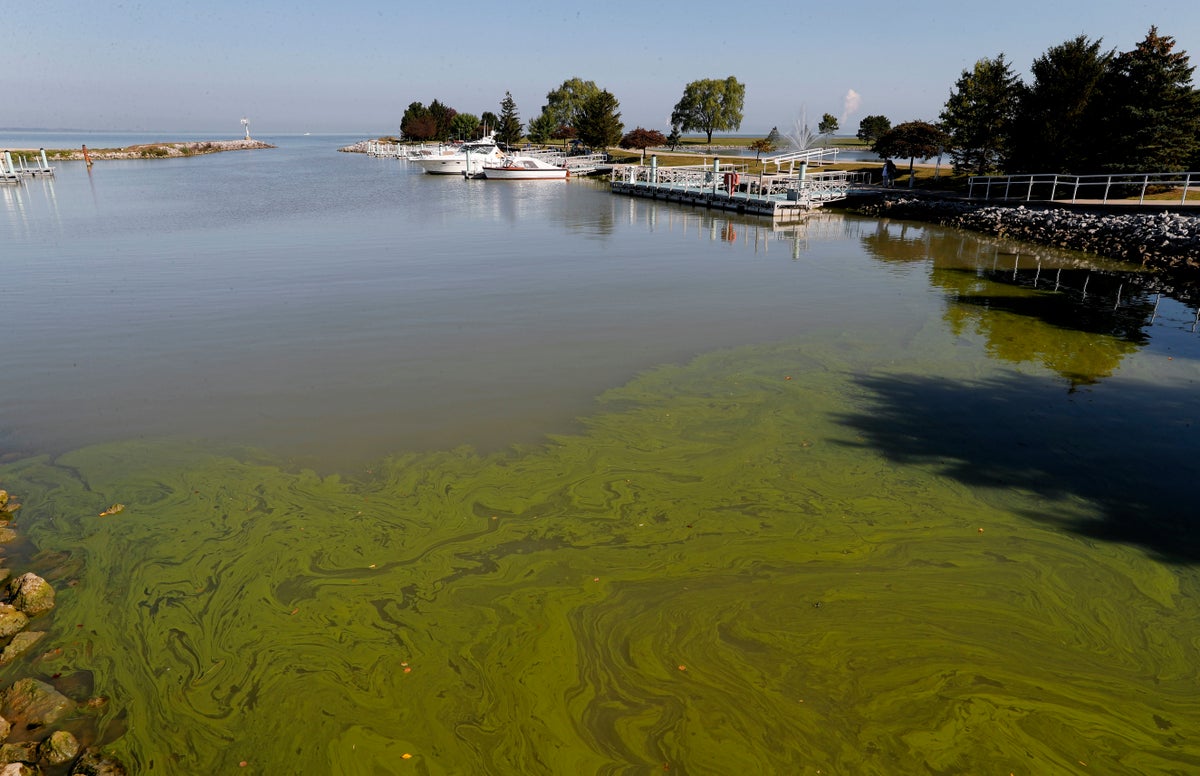
Ohio's environmental regulators will have until the end of June to finish a plan to aimed at combating toxic algae blooms that have flourished in Lake Erie since the late 1990s.
The deadline is part of settlement agreement a federal judge approved Thursday.
The consent decree also calls for the U.S. Environmental Protection Agency to either approve the plan within 90 days or come up with its plan own if the federal agency determines the state's proposal isn't strong enough.
The agreement brings an end to a lawsuit seeking to force mandatory pollution rules for the lake.
Algae outbreaks have fouled drinking water twice since 2013 and are a threat to fish and wildlife.
Nearly all of the phosphorus that fuels the blooms comes from farm fertilizer and livestock manure, researchers have found.
Ohio already has been working for months to develop the pollution plan that would set “total maximum daily loads” and impose specific limits on phosphorus that flows into the lake.
For years, environmentalists have been calling for new regulations on farmers to limit two main sources of the phosphorus that feeds the algae — chemical fertilizers used on fields, and livestock manure. But farm organizations have vigorously fought attempts to regulate runoff.







